I always recommend a professional camera when on the road so you can capture the best shots – I personally shoot with a Nikon D7100 body and two lenses: An 18-200mm zoom lens and a 10-24 mm wide-angle lens. Most travelers who learn this, whether they see me on the road with my camera family or glean it via email, respond in the exact same way: “Gee, I don’t know if I want to carry all that bulk around.”
Allow me to be frank: If convenience and ease are the first issues that come to your mind when you think about travel photography, you will never take great travel photos.
To play Devil’s advocate, simply having a professional camera does not guarantee your travel photography will improve. I know this personally, because the majority of people I’ve asked to take photos of me with my camera produce results that appear taken on a disposable. (This is a huge part of why I’ve become so good at travel selfies).
On the other hand, dropping a huge wad of cash of something tends to be pretty good motivation to use it often and master it. Additionally, for me, the tactile nature of professional cameras, particularly when used in manual mode, keeps me much more engaged than if I were simply tapping on a screen to zoom or focus.
Do you need a DSLR camera, i.e. a digital camera that can accommodate different lenses? There are multiple schools of thought on this. Some argue no, since imaging technology on point-and-shoot cameras, from megapixel resolution, to image sensor size, to manual setting options, has improved a lot over the past few years.
Others, including myself, recognize that dealing with the “hassle” of carrying large, heavy equipment and changing lenses several times per day (or even hour!) is the only way to achieve a diverse, inspiring and, if it’s important to you, commercially viable travel photography portfolio.

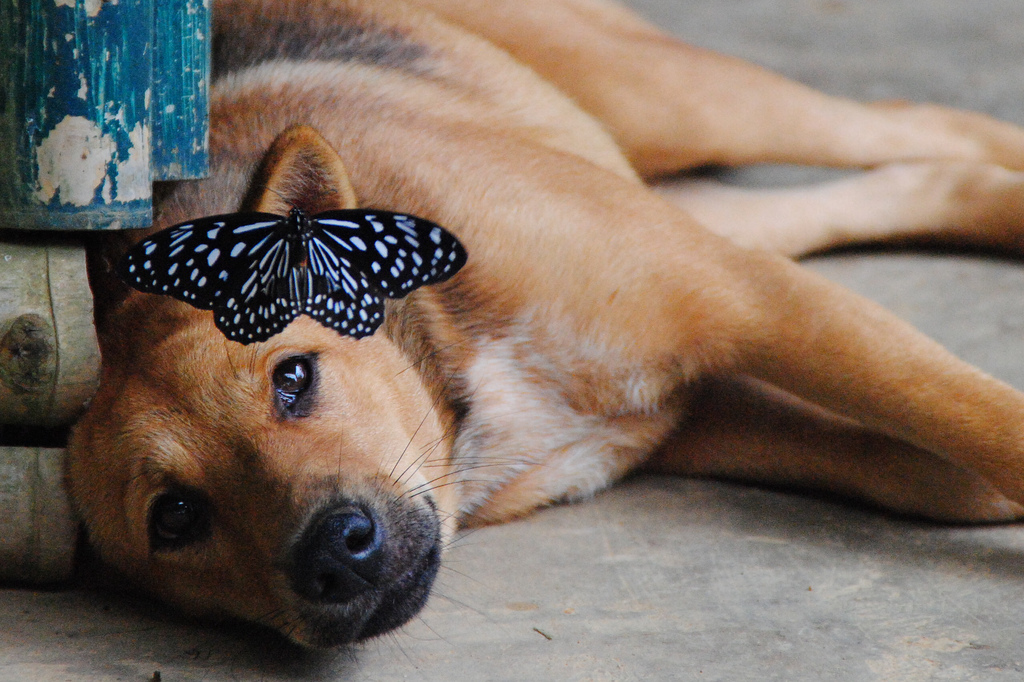

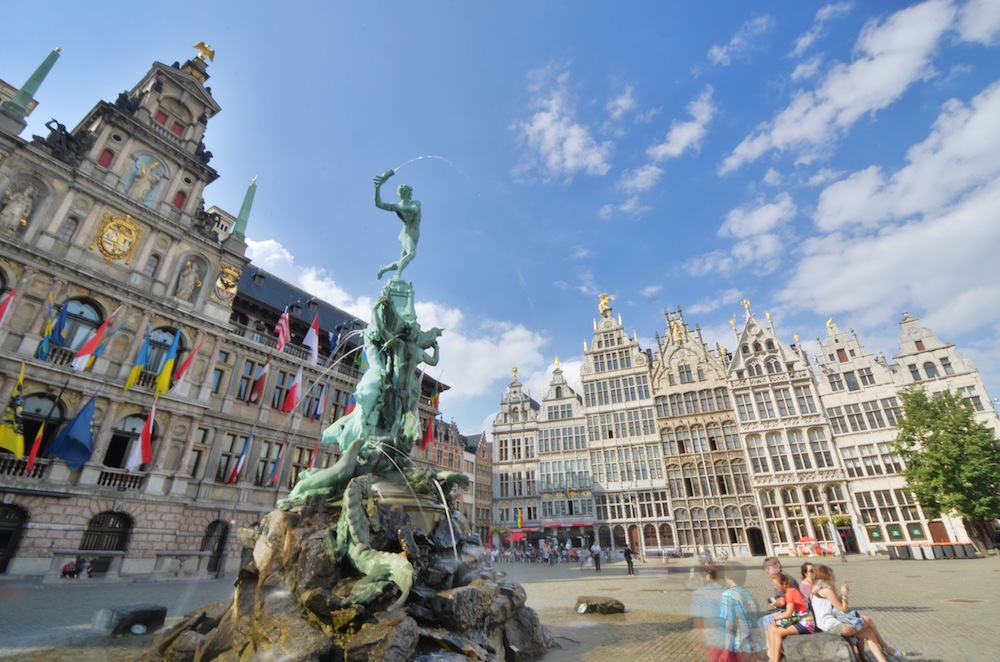



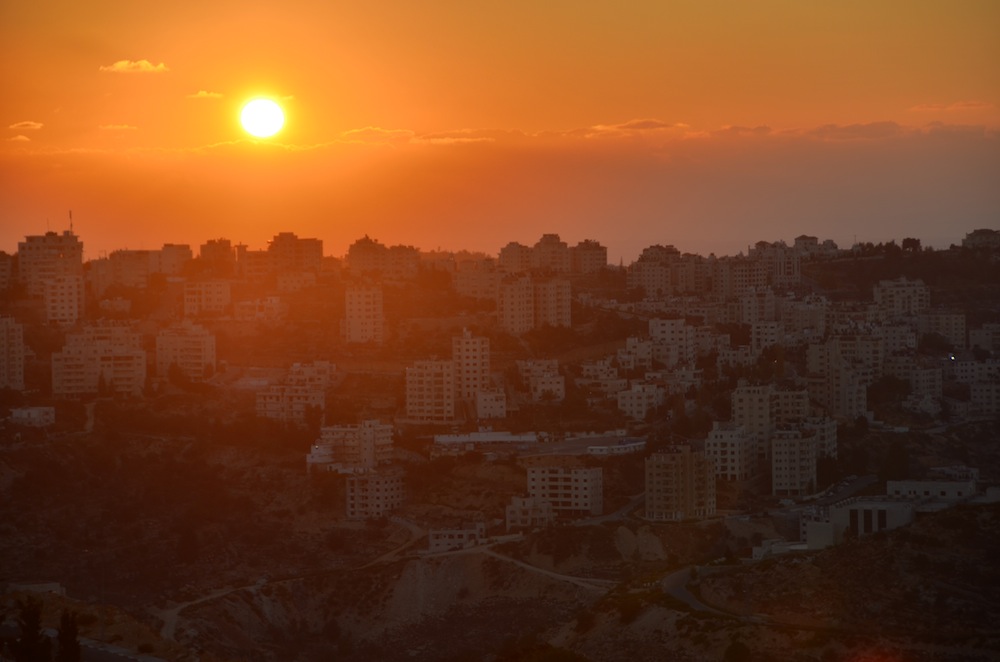
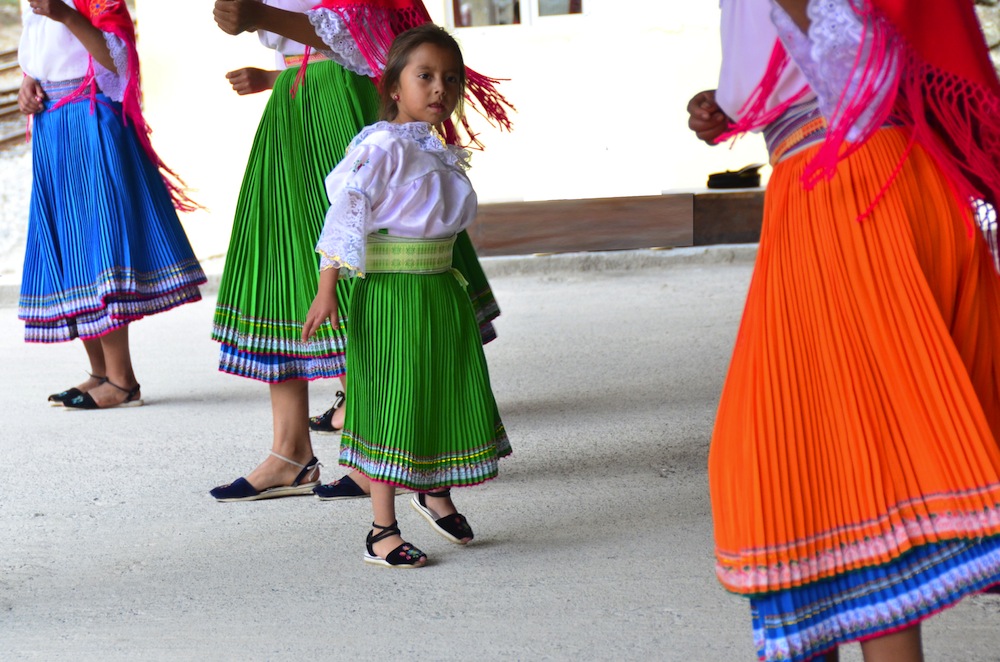


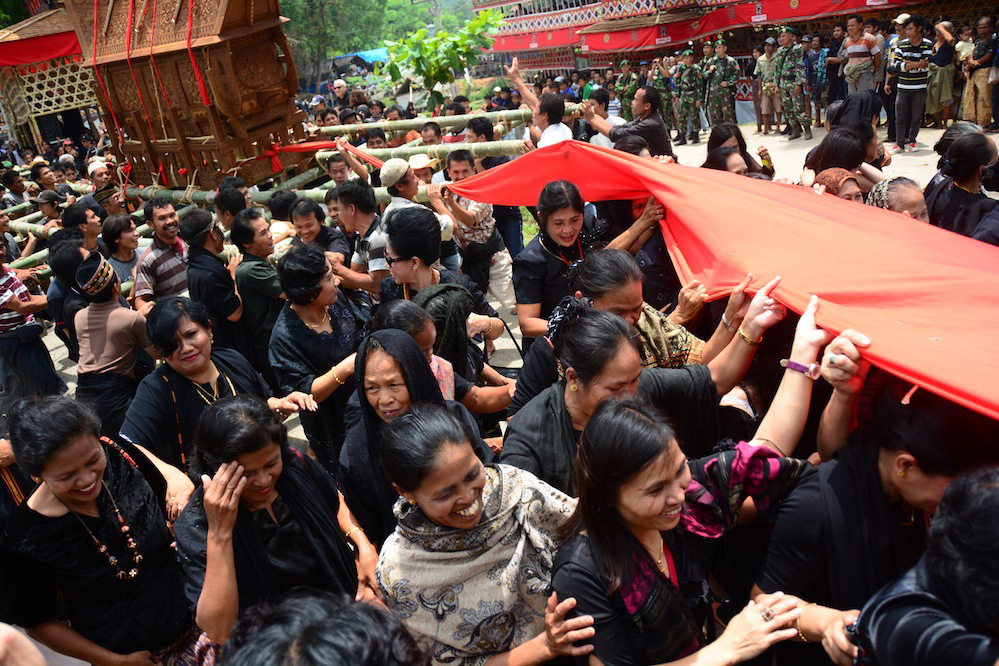
A Smartphone is Not a Professional Camera
Much is made of camera capability every time a new smartphone edition is released, whether we’re talking about the iPhone or Samsung Galaxy. Or, as I learned when I complimented a fellow traveler on his fluorescent yellow phone recently, the Nokia Lumia.
“Yeah man,” he bragged as he held the device up and nonchalantly snapped a landscape shot. “It’s got a 41-megapixel camera, probably takes as good of photos as that thing.” He pointed at my Nikon.
You can probably guess what I’m about to say: His photos looked terrible, even on his high-resolution screen. Now, I wouldn’t doubt if this is partially to do with what a douchey bro he was, but it’s also because megapixel resolution is not nearly as huge a part of image quality as people believe it to be. It is, however, just about the only thing smartphone cameras have going for them.
Now, I won’t say it’s impossible to take a great photo with a smartphone. My friend Cory, for example, has an incredible eye and, in spite of the fact that he shoots exclusively with an iPhone, has gained more than 20,000 Instagram followers for it. (This might also have something to do with how incredibly attractive he is, but that’s a topic for another post.)
Thing is, I believe the convenience of shooting with a smartphone is not its greatest strength, but a huge weakness. Due to the size and weight of my DSLR, I have to deliberately, intently go out shooting with it, which usually motivates me to seek out interesting subjects, to say nothing of how it has impacted my practice RE: composition, framing and other techniques.
Although having a smartphone at the ready might enable you to snap a really cool shot of street art or your breakfast, you’re probably not going to go out for an afternoon of photography armed with your HTC. And if you do, I’m sorry to say, you’ll probably look like a tool.
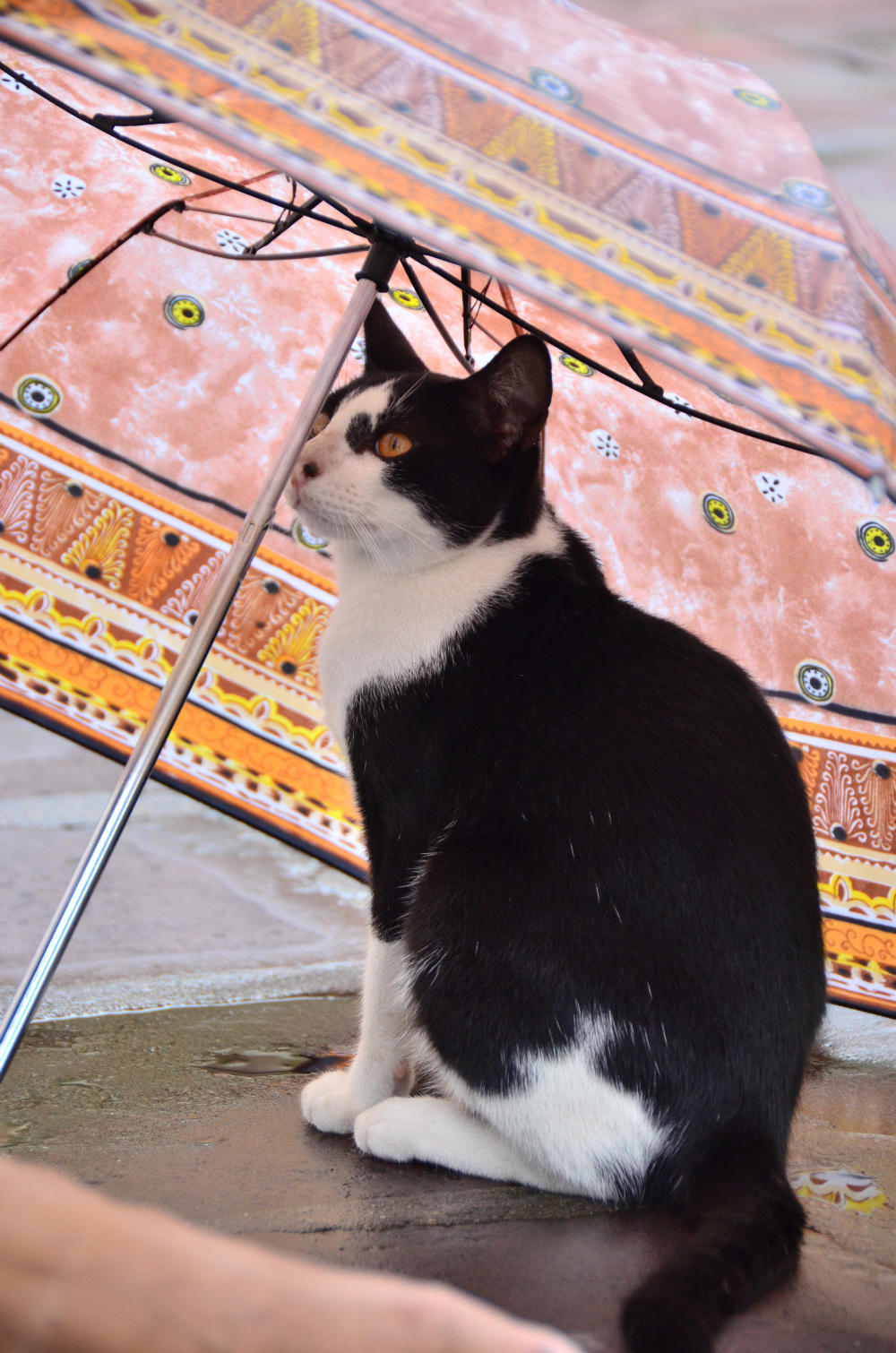
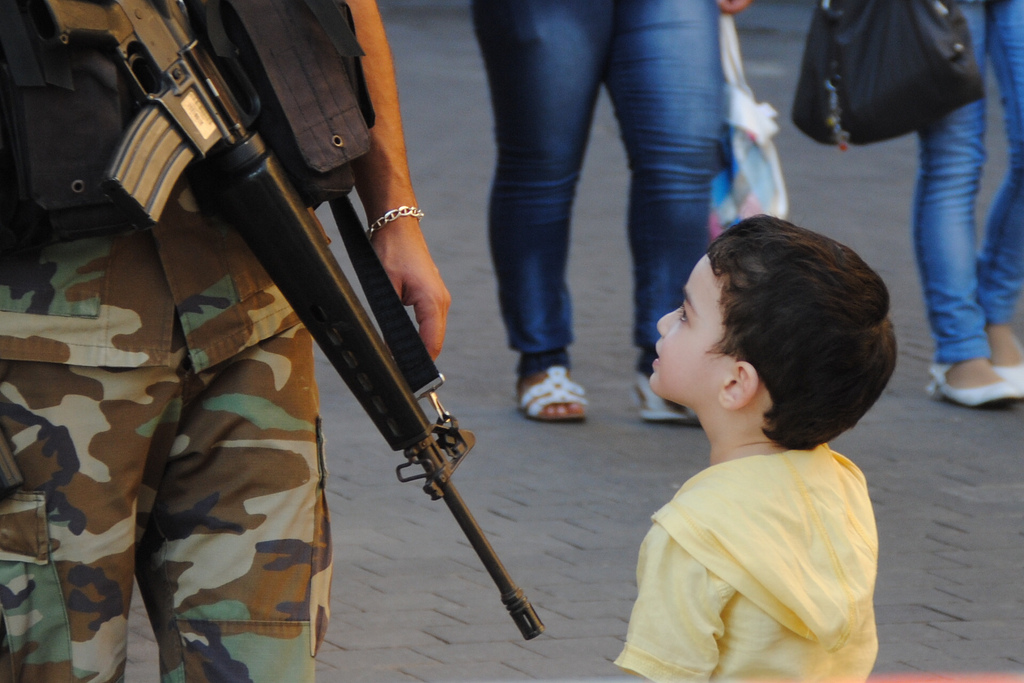
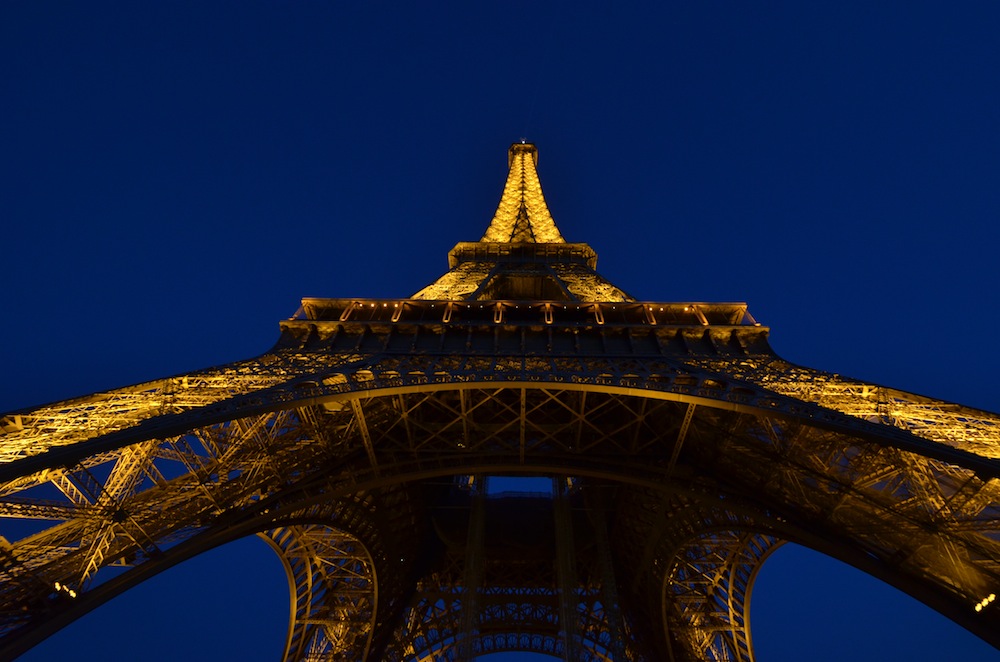







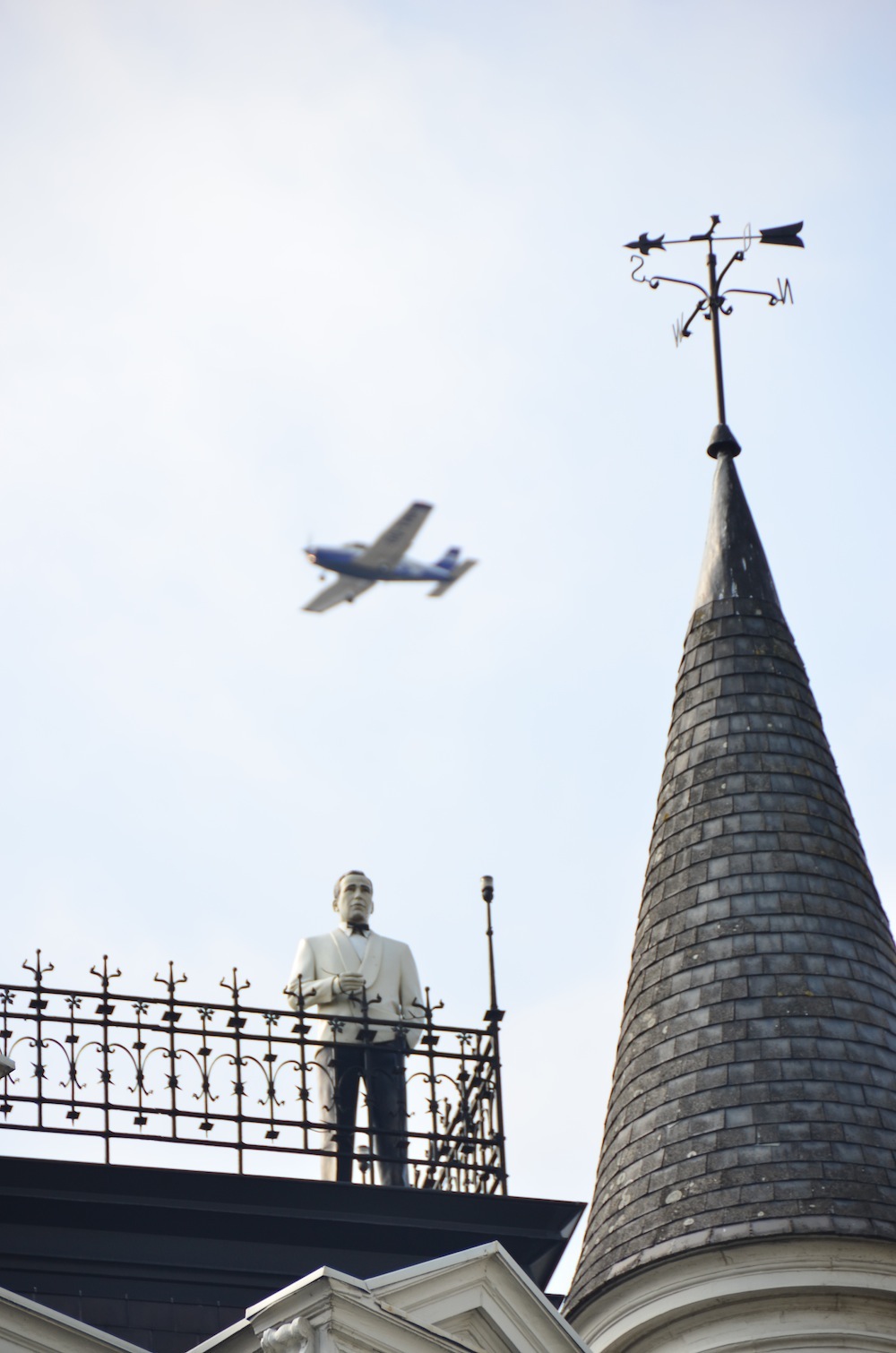

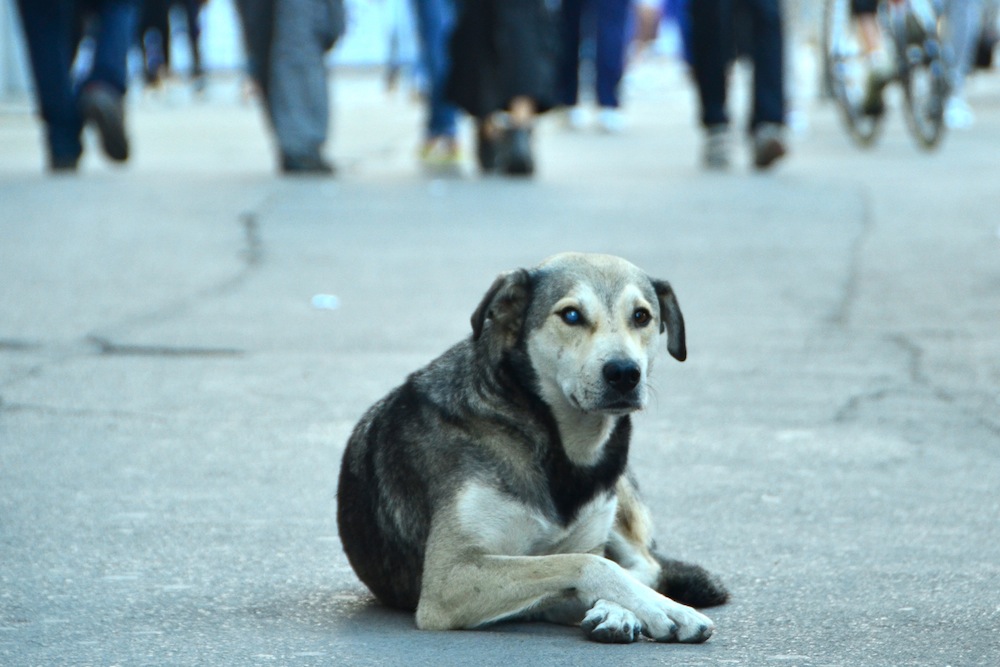


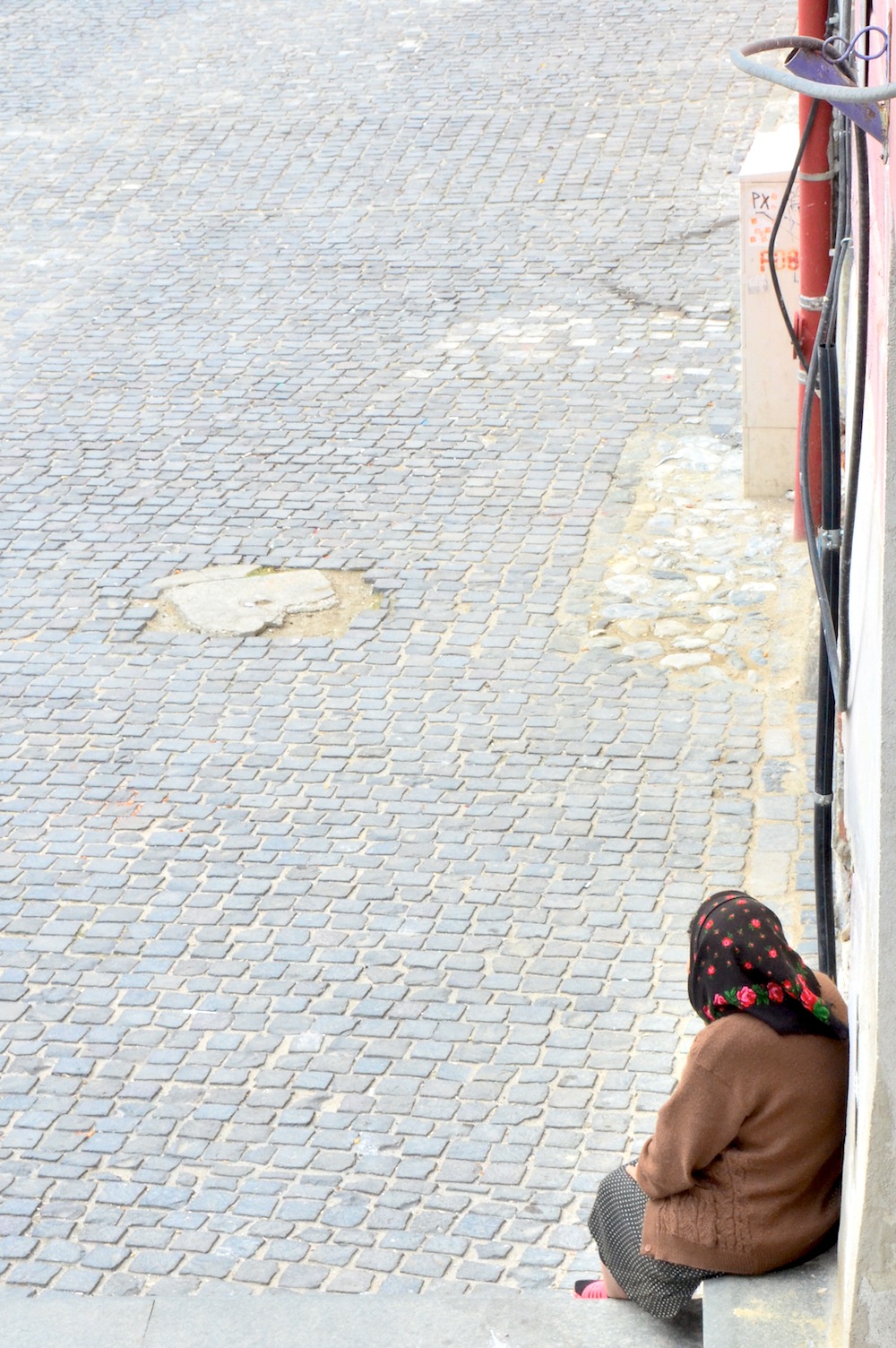



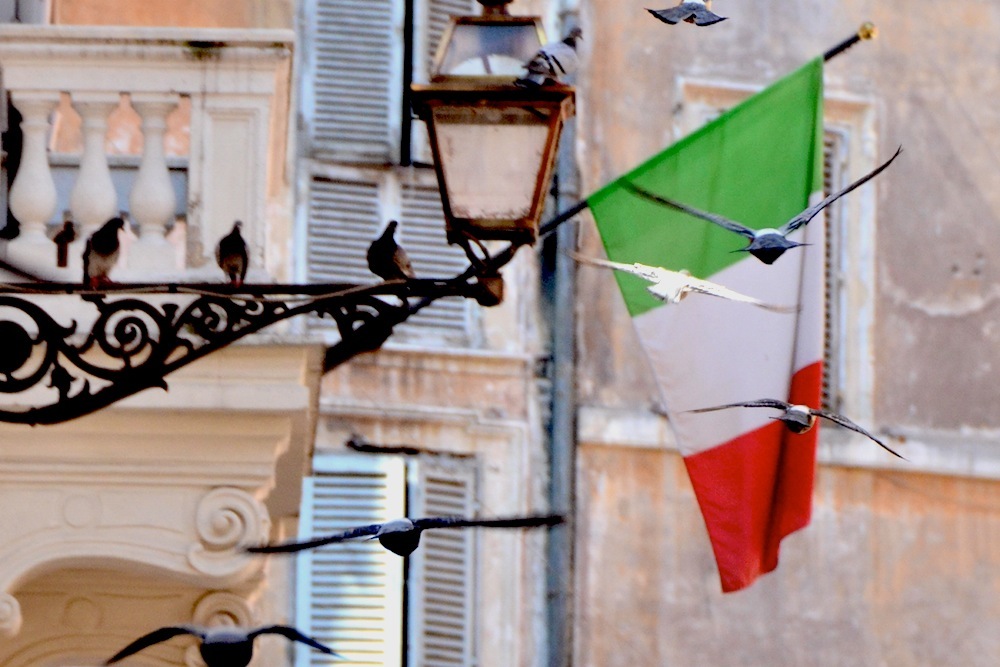


Uploading, Storage and Backup
My DSLR isn’t the only heavy piece of electronic equipment I carry with me on the road. I also travel with an Apple MacBook Pro (and, in the past, a long list of other laptops). The reason for this is not only that it enables me to work from wherever I am in the world, but also one that relates directly to travel photography.
Having your own computer enables you to upload your photos, whether you put them onto a free public site like Flickr, your own server or simply your hard drive, at your own leisure. In addition to the fact that computers at Internet cafés are usually poor quality and often in high demand, some of them lack the necessary ports and drives to accommodate cameras and memory cards, preventing you from uploading your photos.
It might seem strange to you that I mentioned storing images on a hard drive as an option for “uploading” them, given how prone computers are to crashing, being stolen and information on them otherwise becoming accessible. One way to circumvent this sort of problem is to install a program on your computer (I like Carbonite) which automatically backs up new files on your hard drive to a remote server whenever you’re connected to WiFi.

Robert Schrader is a travel writer and photographer who’s been roaming the world independently since 2005, writing for publications such as “CNNGo” and “Shanghaiist” along the way. His blog, Leave Your Daily Hell, provides a mix of travel advice, destination guides and personal essays covering the more esoteric aspects of life as a traveler.








